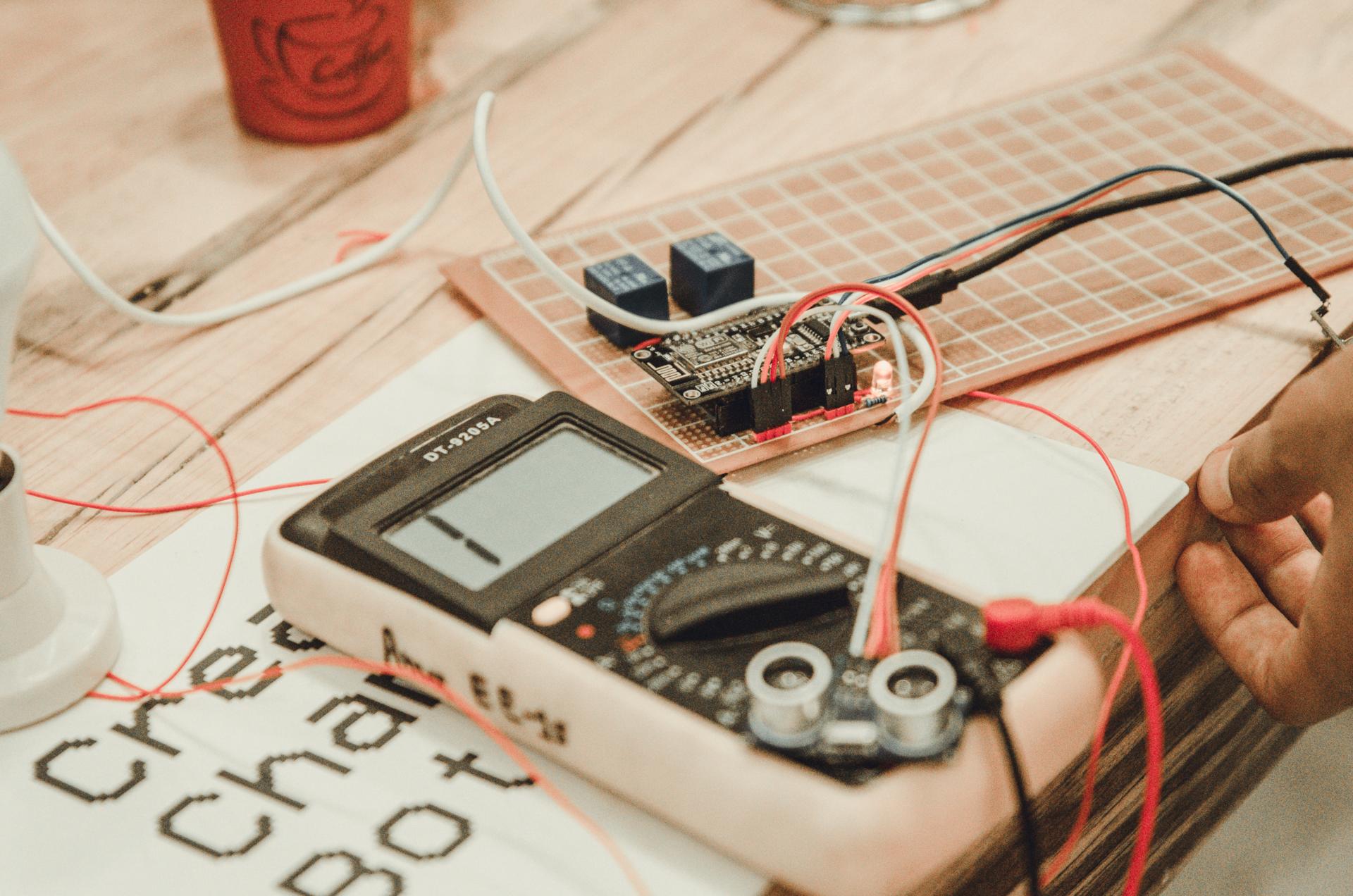Electric Safety Testing in Your Home: What You Need to Know

In the realm of security in your home one of the most important areas to think about is electrical safety. Testing for electrical safety is the process of evaluating the electrical system of your home to be sure that it is safe and in compliance with the latest standards. In this article we’ll provide the basics of what the electrical safety tests are, the tools will be required in order to carry them out, the best method to conduct the tests and what warning signs to be on the lookout for.
What’s what is an Electrical Safety Test?
An electrical safety test is the process of checking the electrical system within your home to ensure that it is safe and working correctly. The importance of electrical safety tests is as they can in preventing electrical fires and electrical accidents, and ensure the longevity of your electrical system.
Equipment Required for an Electrical Safety Test
For conducting an electrical safety check, you’ll require a few basic tools. These include the voltage tester and a continuity tester circuit tester, along with the outlet tester. It is utilized to check for live circuits, while the continuity tester looks for damaged circuits. The circuit tester is utilized to check for wiring faults and the outlet tester is utilized to identify electrical issues in outlets. It’s important to use these tools correctly to get exact results.
How do you conduct an electrical Safety Test
To perform an electrical safety test at your home take these steps:
Switch off the power source for the circuit that you’re conducting tests on.
Use your voltage tester to test for live circuits.
Utilize the test for continuity to test for damaged circuits.
Use the circuit tester for checking for electrical faults.
Make use of the outlet tester to check for wiring problems in the outlets.
When testing, be sure to look for signs of damage or wear on the wires, such as frayed or broken wires, burn marks, and loose wires. If you find any issues you need to fix them as soon as possible to prevent any potential dangers.
Signs of Electrical Problems to be Watchful For
There are a variety of warning signs that could indicate electrical problems in your house. This includes flickering lights and frequent circuit breaker trips noises that crackle or buzz emanating from outlets. They also include the appearance of outlets that are discolored or hot, and a burning smell. If you observe any of these indicators, you must take action immediately to avoid any electrical dangers.
Conclusion
Electrical safety tests are crucial to ensure your safety and family. By performing regular tests and taking care to address any issues immediately, you can avoid potential dangers to your electrical system and prolong the life of your electric system. If you need assistance in electrical repairs or testing Don’t hesitate to reach out to Residential Electricians Adelaide. Our knowledgeable team will provide you with expert guidance and assistance. Contact us via 1300 285 387 to schedule an appointment or request a quote.
FAQ Section
When should I perform an electrical safety test at my home?
We recommend conducting tests of electrical safety at least once a year.
Can I conduct the electrical test on my own , or do I require a professional?
Although it’s possible to conduct the electrical test yourself but it’s best to hire an expert to ensure the accuracy of results and avoid potential hazards.
What are the most frequently encountered electrical problems found during an electrical safety test?
The most frequently-repeated electrical issues found during a safety test include faulty wiring, overloaded circuits, and outdated electrical systems.
What do I do if find an issue in the electrical safety test?
If you spot a problem in the electrical safety test it is important to act quickly. This may involve getting an experienced electrician to address the issue, or replacing faulty equipment.
